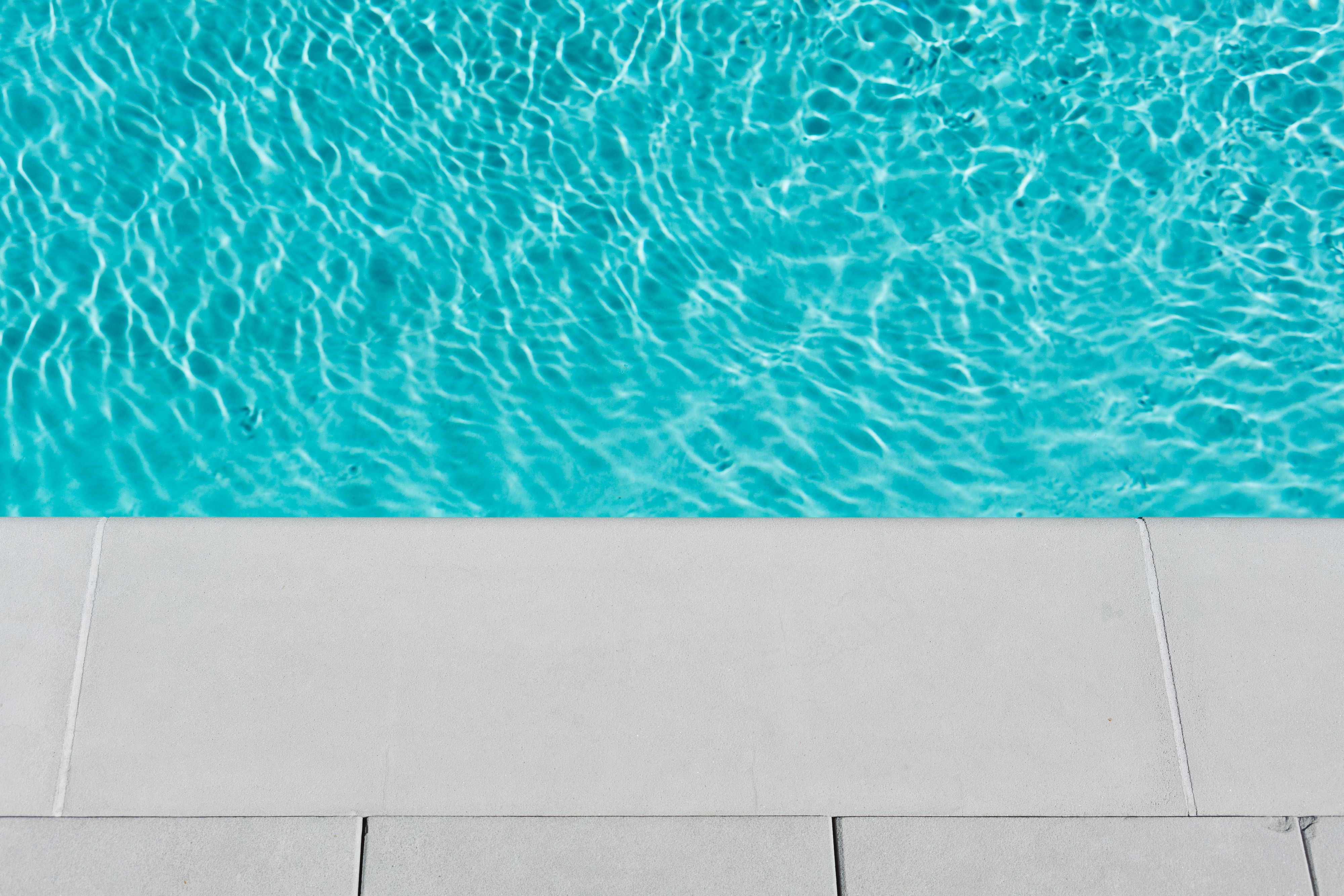Why Test Your Swimming Pool pH Level?
Aug 27, 2019
The pH level of your swimming pool is something that you will have to monitor and maintain weekly. You can use a test kit that gives you the pH level. You want them to be as close to 7.2 as possible. If your number comes in anywhere between 7.0 to 7.6 that is considered in the acceptable range and requires no further action on your part. However, if your results show outside that range, you will need to get it balanced by using various chemicals.
If the pH amount is above 7.6 then it is considered to be alkaline.
If the pH amount is below 7.0 then it is considered to be too acidic.
Numerous conditions can result from your pH level being out of balance. You do not want to ignore the numbers if you get an off-level reading. None of them are good, and I’m sure you don’t want to spend your time or money on the damages that can result. Handle the situation right away to avoid a lot of expense and frustration.
When your water gets too much acid in it, it is likely to cause damage. If your pool is made from plaster you will have likely have more problems as they are the most susceptible to the damages. You may not be able to see the damages taking place, but rest assured they are there. You will begin to see tiny grooves forming instead of the smooth surface it had. These grooves are where algae and bacteria will start to form making it more difficult to keep your swimming pool clean.

Another result of too much acid in the water is that any type of metal will begin to corrode. This could include ladders, fittings, and even the connectors to your pump. The corrosion can affect the way your items fit and will make them weaker. Eventually, you will end up having to replace them. You will also find that your swimming pool will start to stain easily due to the sulfate being released into the water. These stains will look brown, reddish or black and will take away from your pool’s appearance.
Your chlorine will get eaten up by the high acid level. Your water will appear cloudy and more bacteria and algae can form. Don’t be fooled by the strong smell of chlorine, because there will actually be less chlorine in your water. Your eyes may also burn along with your skin drying out. Often, pool owners assume they need to add more and more chlorine when the problem is really due to the wrong pH level.
There will also be problems if the pH level is too alkaline. You may experience similar results with burning eyes and dry skin. Because of the symptoms imitating low pH levels, you need to check your pH level right away to determine what your level is at. The pool will become dirty because the chlorine you put in it will be ineffective. You would need to add eight times the normal amount of chlorine to counteract a pH level that is too low to get the same results. Also, your pool water will become very cloudy. If you would like more information on how chlorine works with your water cleaning process, see our previous blog, Is Your Chlorine Doing its Job?
Another issue is that calcium build-up will start to cause stains. If you’re not taking care of your pool maintenance, you may notice black stains setting in all along the waterline. For further information on removing stains from your pool see Swim University's article, How to Identify and Remove Pool Stains. If you are using a sand filter, you may notice it no longer working properly. This is due to the calcium causing the sand to become heavier than it should making it not filter properly.
So you see it is essential that you monitor and maintain the proper pH level in your swimming pool. Otherwise, you are exposing your pool to several problems. Be sure to test weekly as recommended. Precise maintenance is not only wise, but it is cost-effective and saves you time in dealing with a load of problems that could be avoided.

